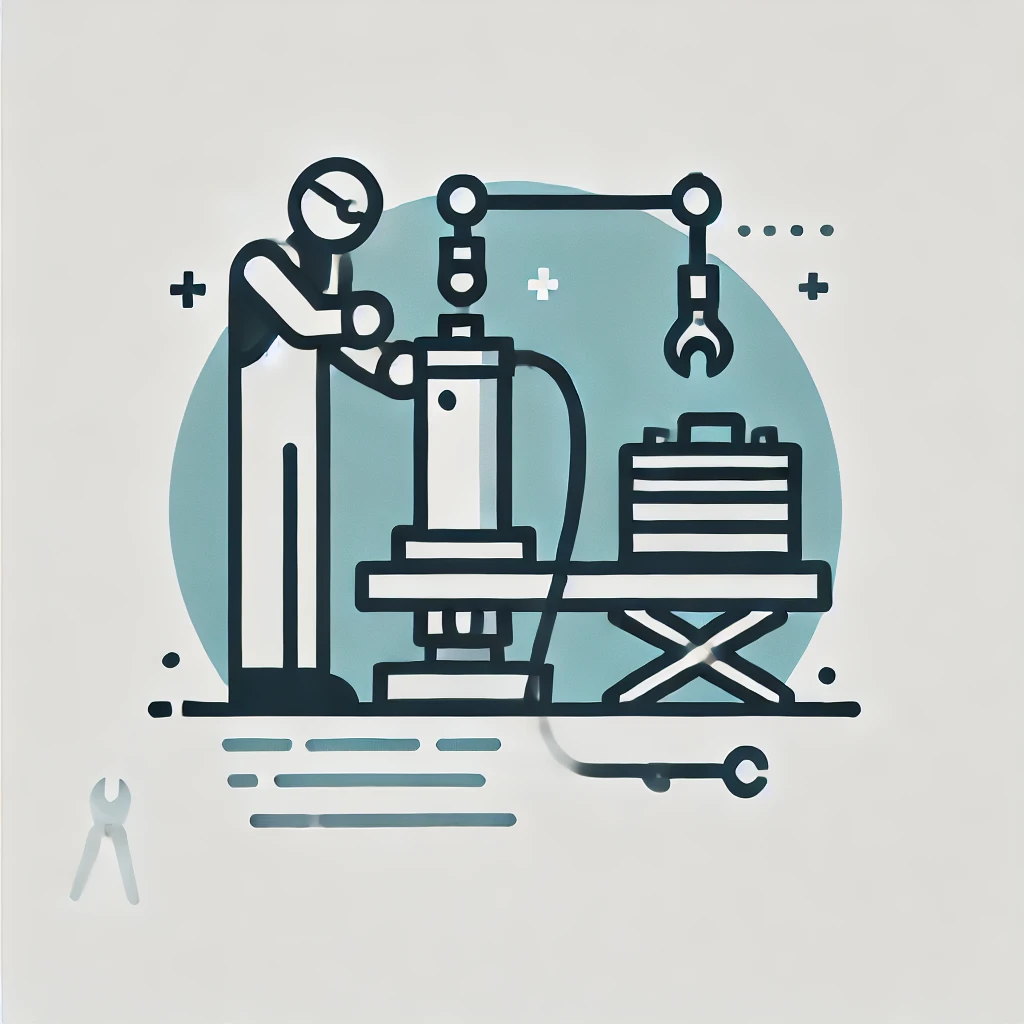
Pneumatic cylinders serve as crucial parts of pneumatic instruments and industrial equipment because they power tools, machines, and robotics. Wear and tear can create breakdowns that require downtime and expensive repairs over time. Knowing pneumatic cylinder repair will allow you to prevent needless costs and maintain the flawless performance of your machinery.
This guide will go over the most typical problems with pneumatic cylinders, how to fix them, and what you can do to keep them running for a long time.
Common Issues with Pneumatic Cylinders and How to Fix Them
Air gaps
A typical problem with pneumatic cylinders is air leakage. A leak might cause pressure drops, lowering efficiency and raising energy expenses. Usually, leaks come from broken tubing, worn-out seals, or unsecured connections. Unchecked air leaks can cause erratic cylinder performance and perhaps system failure.
How to Fix It:
- Look for worn seals and replace them.
- To stop air from leaving, tighten loose fittings.
- Look for the cracks in the tubes and cylinder barrels.
- Look for minor leaks with soapy water or leak-detecting spray.
Weak Movement
A pneumatic cylinder moving slower than usual or lacking force might result from inadequate air pressure, contamination, or too strong internal friction. This issue could cause ineffective operation and delays in manufacturing. Typical reasons for slow movement are dirt accumulation, incorrect lubrication, and poor air pressure.
How to Fix It:
- Make sure the air supply is supplying enough pressure.
- To minimize internal friction, clean and lube the cylinder.
- Look for blocked filters or air pipes that are possibly limiting airflow.
- Make sure the cylinder is precisely positioned to prevent unwarranted friction.
Cylinder Sticking or Jerky Motion
A pneumatic cylinder should move smoothly and consistently. Mechanical misalignment, contamination, or insufficient lubrication are common causes of jerky, unexpected movement, or sticking. When there isn’t enough lubrication, friction increases, and movement isn’t smooth; dirt and debris within the cylinder can also contribute to resistance.
How to Fix It:
- To get rid of dust and trash, clean the cylinder parts.
- To stop dry running, use the recommended lubricant.
- Look out for any misaligned mounting or bent rods causing resistance.
Seal and Piston Wear
Seals and pistons are essential parts of pneumatic cylinders, but they are under constant stress, which causes them to wear out over time. Seals that are worn out can let air leak out, and a broken piston may not be able to build up enough pressure to move correctly. This may lead to decreased performance, increased energy consumption, and even cylinder failure.
How to Fix It:
- Look at the piston and seals for damage or cracks.
- Ensure that worn-out seals are replaced with high-quality ones to avoid repeated failures.
- Using suitable lubricants helps to lower friction and wear.
Internal Contamination
If the cylinder becomes contaminated, it can lead to significant problems with performance. The system can become blocked, rust may result, or internal components may be damaged by dust, moisture, and compressed air supply trash. Without proper handling, contamination can result in less efficient operation, more frequent repairs, and a shorter lifespan for equipment.
How to Fix It:
- Keep water traps drained and install air filters.
- Use clean, dry air to keep dirt and moisture from building up.
- Regular maintenance helps to guarantee that every component stays in excellent working order.
How To Maintain Pneumatic Cylinders
- Regular maintenance increases equipment life and helps avoid expensive pneumatic cylinder repairs.
- To maintain seamless functioning, check for leaks and misalignment once a month.
- Minimize wear and friction by using lubricants that the manufacturer recommends.
- Filters and moisture traps help to keep the air supply free from contamination.
- Replace worn-out seals and pistons before they fail to avoid downtime.
Monitoring speed can help find problems early on, stopping them from becoming significant breakdowns.
Final Thoughts
Understanding pneumatic cylinder repair will help you avoid unexpected downtime and save money and time. Early identification and elimination of frequent problems guarantee that your instruments remain perfectly working.
If you know what you’re doing and how to handle a pneumatic cylinder correctly, you can keep your machinery working well. Regular maintenance, correct air pressure settings, and proper alignment ensure smooth operation and longevity. Understanding pneumatic cylinder repair will help you avoid unexpected downtime and save money and time. Early identification and elimination of frequent problems guarantee that your instruments remain perfectly working.
For high-quality pneumatic cylinders and reliable industrial equipment, visit SS Hussain for the best solutions.
